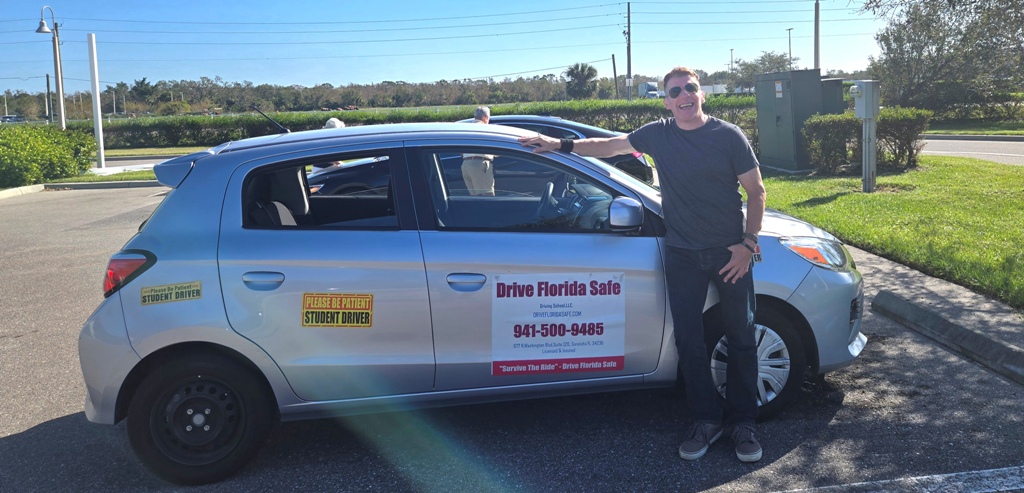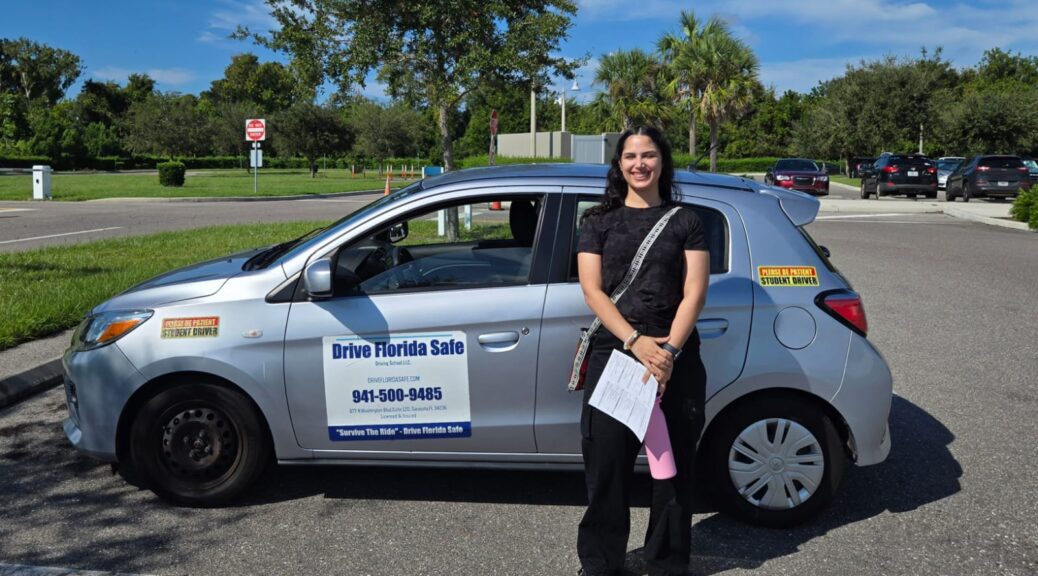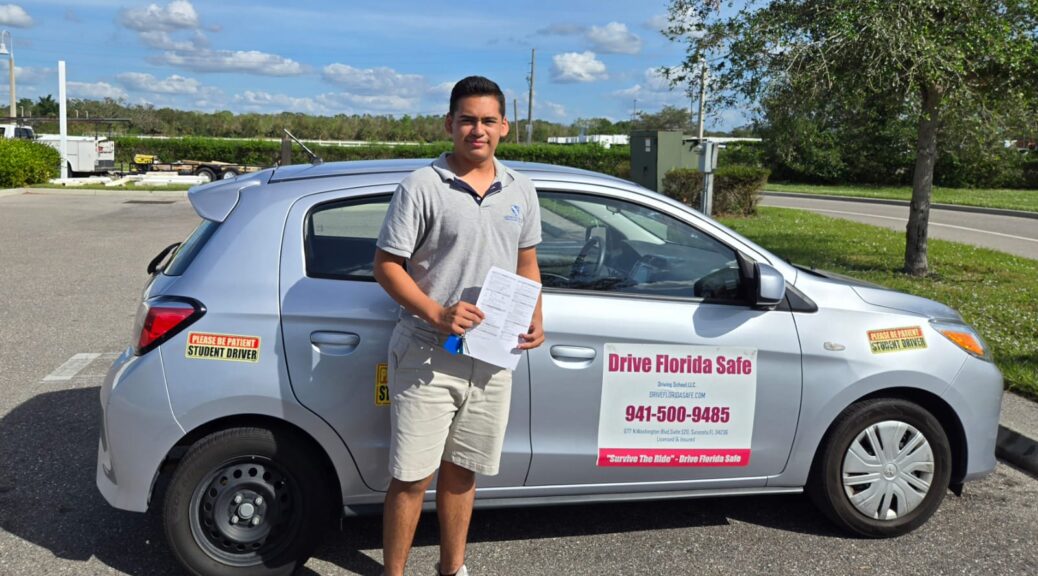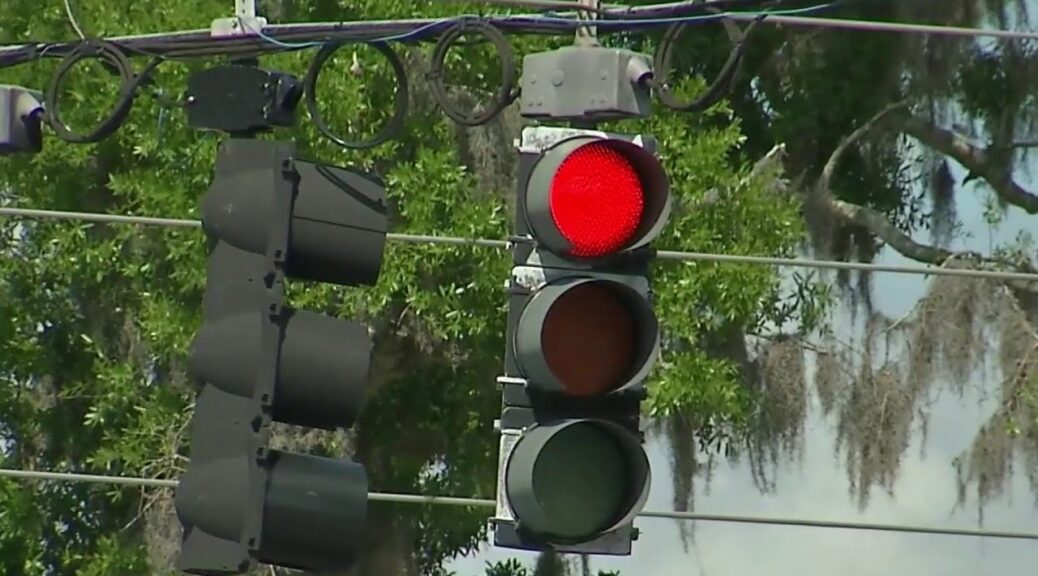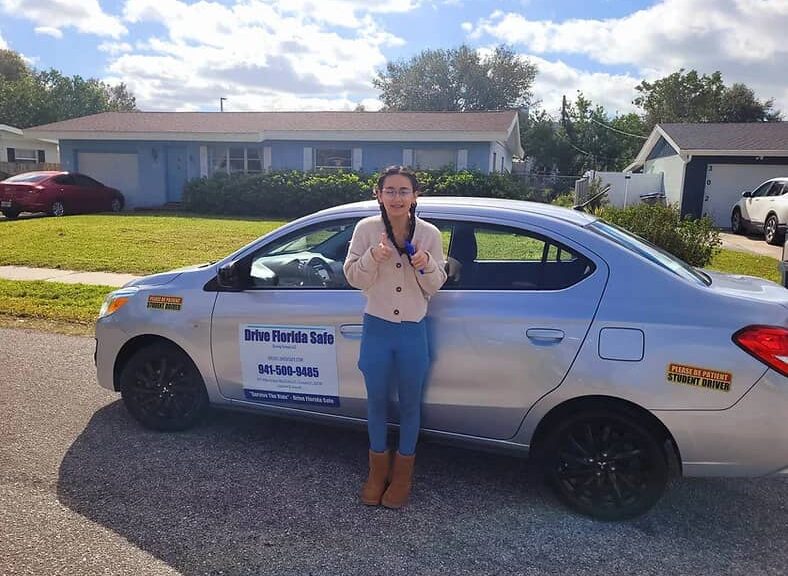Florida’s scenic highways and bustling urban areas make driving an essential skill for residents and visitors alike. Whether you’re a new driver seeking your first license or an experienced motorist aiming to polish your skills, Florida driving classes provide invaluable resources. These classes are designed to enhance your knowledge of road safety, improve your driving techniques, and even address issues arising from traffic violations. In this article, we’ll delve into the benefits of these courses and how they can help mitigate the consequences of a driving ticket class.
Why Consider Florida Driving Classes?
Driving in Florida comes with its unique challenges, from navigating the ever-changing weather conditions to dealing with the heavy traffic of metropolitan hubs like Miami and Tampa. Florida driving classes cater to individuals at all skill levels, helping them adapt to these challenges while promoting responsible driving habits. For new drivers, these courses serve as a gateway to mastering the rules of the road, ensuring that they are well-prepared for the state’s licensing exams.
Experienced drivers can also benefit from refresher courses to stay updated on traffic laws or learn defensive driving techniques. These programs often emphasize hazard recognition, risk management, and strategies to prevent accidents, making Florida’s roads safer for everyone.
Addressing Traffic Violations with Driving Ticket Classes
Receiving a traffic ticket in Florida can be a stressful experience, but it doesn’t have to leave a permanent mark on your record. Many drivers opt for a driving ticket classes, formally known as a Basic Driver Improvement (BDI) course, to offset the negative effects of a traffic citation. These classes are often court-approved and designed to help drivers avoid points on their licenses, reduce fines, and maintain lower insurance premiums.
Enrolling in a driving ticket class is straightforward. These programs cover essential topics such as traffic laws, defensive driving techniques, and strategies for avoiding future violations. By completing such a course, drivers demonstrate their commitment to safe driving, which can positively influence their driving record and overall confidence on the road.
Benefits of Enrolling in Florida Driving Classes
Improved Knowledge of Traffic Laws
Florida’s traffic laws are constantly evolving, and staying updated is crucial for safe driving. Driving classes offer insights into recent changes and emphasize the importance of adhering to these regulations. From understanding the nuances of right-of-way to learning about the consequences of distracted driving, these courses provide a comprehensive overview of the rules that govern Florida’s roads.
Enhanced Defensive Driving Skills
Defensive driving is a cornerstone of road safety. Florida driving classes equip drivers with techniques to anticipate potential hazards, manage aggressive drivers, and make informed decisions in complex situations. These skills are particularly useful in high-traffic areas and during peak travel times, where quick thinking can prevent accidents.
Reduction of Insurance Premiums
Many insurance companies recognize the value of safe driving and offer discounts to individuals who complete approved driving courses. By investing in a Florida driving class or a driving ticket class, drivers can potentially lower their insurance premiums while enhancing their road skills.
Avoiding Points on Your License
Accumulating points on your license can lead to higher insurance rates and even license suspension. A driving ticket class allows drivers to address traffic violations proactively, avoiding points and mitigating the long-term consequences of infractions.
Types of Florida Driving Classes
New Driver Education Programs
For first-time drivers, Florida offers comprehensive education programs covering everything from traffic laws to practical driving skills. These courses often include a mix of classroom instruction and behind-the-wheel practice, ensuring that new drivers are fully prepared for their driving tests.
Defensive Driving Courses
Defensive driving courses focus on teaching experienced drivers how to navigate challenging situations, such as dealing with road rage or driving in inclement weather. These programs emphasize proactive measures to avoid accidents and can be taken voluntarily or as part of a court order.
Driving Ticket Classes
Designed specifically for individuals who have received traffic citations, driving ticket classes aim to educate drivers on avoiding future violations. These courses often include engaging materials, interactive lessons, and assessments to reinforce key concepts.
The Convenience of Online Driving Classes
In today’s digital age, many Florida driving classes are available online, offering flexibility and convenience. Online courses allow drivers to learn at their own pace, making it easier to balance education with other responsibilities. These programs are especially beneficial for those taking a driving ticket class, as they can complete the coursework from the comfort of their home.
Online classes typically include videos, quizzes, and interactive activities to ensure an engaging learning experience. Upon completion, participants receive a certificate that can be submitted to the court or their insurance provider, depending on the purpose of the course.
What to Expect in a Florida Driving Class
Most Florida driving classes follow a structured curriculum that covers essential topics, including:
- Traffic Laws and Regulations: A detailed overview of Florida’s driving laws, including updates and commonly misunderstood rules.
- Defensive Driving Techniques: Strategies for managing risks and staying safe in various driving scenarios.
- Impact of Impaired Driving: Information on the dangers of driving under the influence and the consequences of such actions.
- Road Safety Tips: Practical advice for handling weather-related challenges, such as heavy rain or fog.
Classes often include assessments to ensure that participants understand the material and can apply it in real-world situations.
Choosing the Right Driving Class in Florida
Selecting the right driving class depends on your specific needs. For new drivers, look for programs that offer a mix of theory and practical training. If you’re addressing a traffic violation, ensure that the driving ticket class you choose is court-approved and meets all requirements.
It’s also essential to consider the format of the course. Online classes are ideal for those with busy schedules, while in-person classes may provide a more interactive learning experience. Researching reviews and testimonials can also help you identify reputable providers.
Conclusion
Florida driving classes serve as a valuable resource for improving road safety, addressing traffic violations, and enhancing driving skills. Whether you’re a new driver eager to hit the road or an experienced motorist looking to refine your abilities, these courses offer tailored solutions to meet your needs. Additionally, driving ticket classes provide a proactive way to manage the repercussions of traffic citations, ensuring that your driving record remains in good standing.
By investing in a Florida driving class, you’re not only enhancing your skills but also contributing to a safer driving environment for everyone. Embrace the opportunity to learn and grow as a driver—Florida’s roads will be better for it.
Write something…




